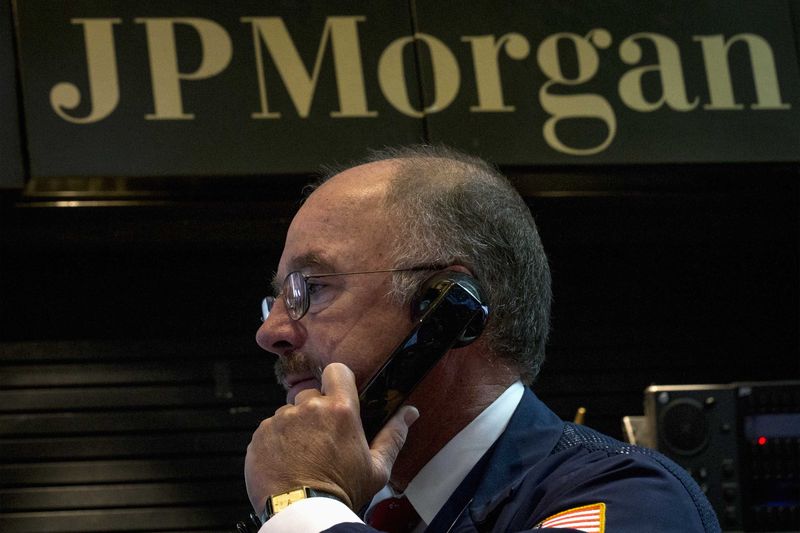By Andrea Shalal
WASHINGTON (Reuters) -The United States and its G7 partners are making progress on finding ways to provide more urgently needed funds to Ukraine by tapping the value of profits earned on frozen Russian assets, a senior U.S. Treasury official said on Tuesday.
Brent Neiman, assistant secretary for international finance, said a recent decision by the European Union to use the annual flow of windfall profits earned on the immobilized assets could potentially deliver billions of dollars per year to help Ukraine fight off Russia's military invasion.
Neiman said the United States and its Group of Seven partners were advancing discussions on how to deliver an even larger amount of funds to Ukraine right now.
"One possibility may be to lend a significant amount up front to help Ukraine over the short run and link repayment of that loan to the stream of future windfall profits," he said.
Doing so would provide an immediate fiscal boost to Ukraine and signal to Russian President Vladimir Putin that he "cannot simply outlast Ukraine and its partners," said Neiman, who recently returned from a visit to Ukraine.
The U.S. has been pushing its G7 partners - Britain, Canada France, Germany, Italy and Japan - to embrace a loan backed by the income from the frozen assets that could provide Kyiv with as much as $50 billion in near-term funding. The loan has emerged as the top option given that G7 countries remain at odds over seizing the assets outright.
A Treasury official said there were technical issues to be worked out, and other options were still under consideration, but declined to elaborate.
U.S. Treasury Secretary Janet Yellen said the profits on the assets amounted to about $3 billion to $5 billion each year. The U.S. proposal was commanding considerable support, she added.
"So we're hopeful that this can be worked into something to be presented to the leaders at the ... upcoming G7 meeting," she said.
The White House on Tuesday underscored that any solution for monetizing some $300 billion in frozen Russian assets would have to be hammered out together with allies and other countries.
White House spokesperson John Kirby told reporters earlier that President Joe Biden was likely to discuss the issue during his visit to France this week and his summit with G7 leaders in Italy next week, but declined to say if any deal was imminent.
He underscored that any solution for monetizing the frozen Russian assets would have to be hammered out together with allies and other countries.
"We can't do that unilaterally because ... the assets are held all over the world," Kirby said. "We've got to have participation and assistance with our allies and partners or it won't work."
DEBT DEAL
Neiman said he also hoped Ukraine and its bondholders would reach agreement soon on a debt treatment that restored Ukraine's debt sustainability and respected the comparability of treatment of the country's creditors.
He said he was hopeful Ukraine would soon regain the ability to issue debt to private investors on international markets, but gave no details on how such a deal could come about.
Ukraine is pushing to secure a debt restructuring before a two-year payment freeze agreed by holders of its $20 billion of outstanding international bonds expires at the end of August.
Russia's full-scale invasion in February 2022 shattered Ukraine's economy and finances, forcing it into a debt freeze to avoid a sovereign default.
Ukraine has international bonds with a face value of $19.7 billion outstanding across 11 dollar-denominated securities and two euro-denominated ones - maturing 2024-2035. Including past-due interest, Ukraine owes $23.6 billion on those bonds, according to calculations from JPMorgan (NYSE:JPM).
Ukraine also owes a further $2.6 billion from a previous pledge to investors that is separately in the mix for a rework. The instrument - linked to GDP growth targets - was created during Ukraine's 2015 debt restructuring in the wake of Russia's annexation of Crimea as a sweetener to creditors.
